Greenhouse monitoring and controlling system
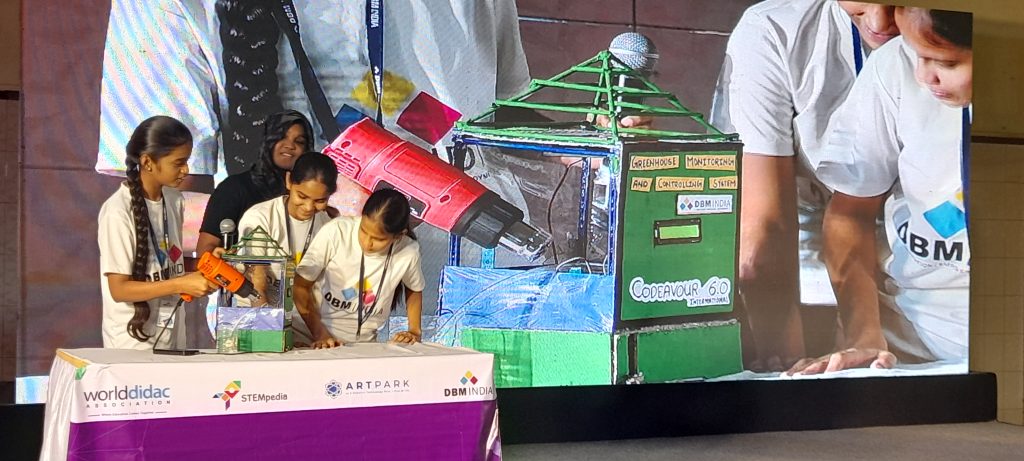
project using Arduino Uno , LCD , soil moisture sensor , DHT sensor , LDR , Jumper cables to solve inefficient and overreliance on manual methods to manage irrigation, temperature, and light, which leads to wastage of resources and poor crop yields.
Automatic Water Tap
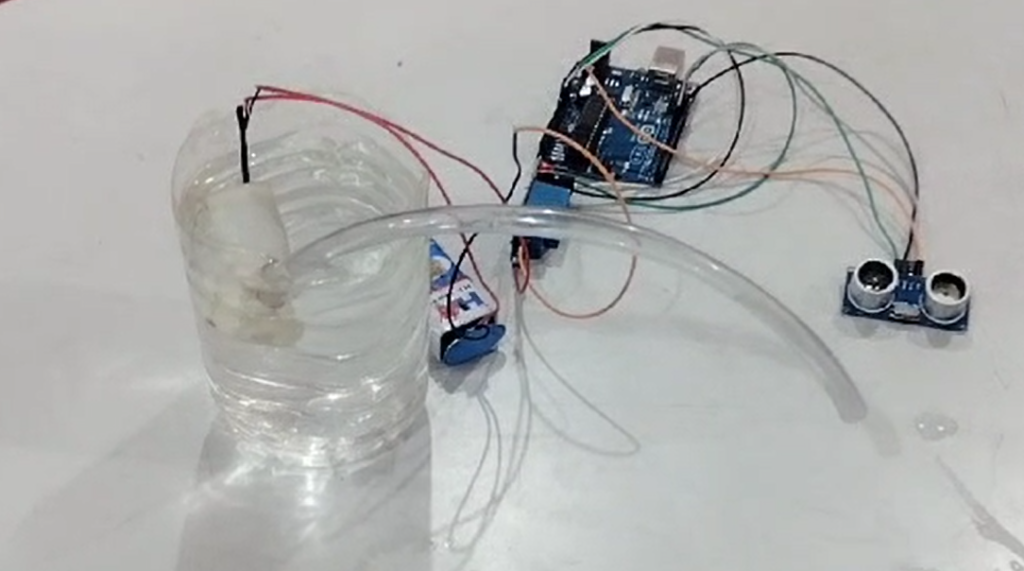
An **Automatic Water Tap** is a smart, touch-free faucet designed to enhance hygiene and water conservation. It operates using infrared or ultrasonic sensors that detect hand movement, automatically activating the water flow and shutting it off when no motion is detected. This eliminates the need for physical contact, reducing the spread of germs and ensuring a more hygienic handwashing experience.
The system is energy-efficient, often powered by batteries or direct electricity, and can be integrated with smart home automation. It helps in **water conservation** by preventing wastage, as the flow stops immediately when not needed. Automatic taps are widely used in public restrooms, hospitals, kitchens, and households, offering convenience and efficiency.
Advanced models may include temperature control, flow rate adjustment, and AI-based monitoring to optimize water usage. With **cost-effective and eco-friendly** benefits, automatic water taps contribute to sustainable living while ensuring ease of use and improved sanitation.
Under Water Pollution Awareness

Underwater pollution is a serious environmental issue that affects marine ecosystems, aquatic life, and human health. It is caused by industrial waste, plastic debris, oil spills, sewage discharge, and chemical contaminants entering water bodies. These pollutants harm marine species, disrupt food chains, and degrade water quality, leading to habitat destruction and biodiversity loss.
Raising awareness about underwater pollution is crucial to protecting our oceans, rivers, and lakes. Reducing plastic usage, properly disposing of waste, and supporting eco-friendly initiatives can help prevent further damage. Governments, organizations, and individuals must work together to implement strict regulations, promote sustainable practices, and educate communities about the consequences of water pollution.
By taking collective action, we can preserve aquatic environments for future generations, protect marine life, and ensure clean water resources. Every small effort, from reducing single-use plastics to participating in cleanup drives, contributes to a healthier and pollution-free underwater world.
JOBELA
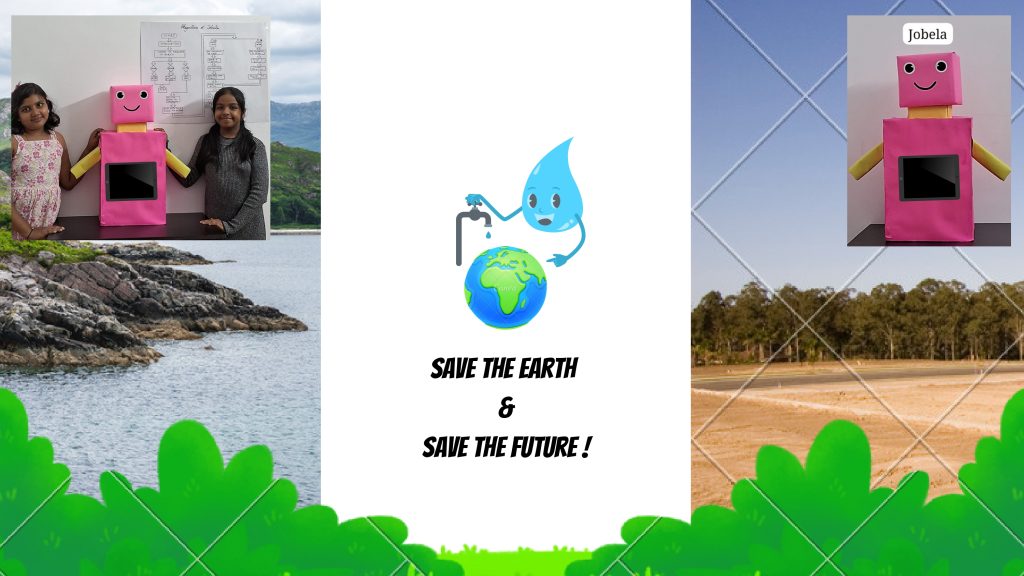
“Jobela” is an innovative project promoting sustainability, environmental awareness, and community engagement. Focusing on “Life Below Water” and “Life on Land,” we educate and empower individuals, communities, and organizations to protect biodiversity and preserve natural resources. Our project raises awareness about human activities’ environmental impact and inspires collective action.
By promoting sustainable practices, reducing waste, and conserving resources, we contribute to a healthier planet. Our goal is to make a positive impact, inspiring a new generation of environmental stewards. We believe collaboration can create a sustainable, environmentally conscious world. Jobela fosters community engagement, encouraging individuals to take action for a better future. Through education, outreach, and community involvement, we can drive meaningful change and create a more sustainable world for all.
Using a robot made from recycled scraps, waste, and repurposed materials, we showcase our project’s innovative approach to sustainability. With a tablet, we share our vision, highlighting the importance of reducing waste and promoting eco-friendly practices
By promoting sustainable practices, reducing waste, and conserving resources, we contribute to a highly useful project for our visitors. We will make this project accessible and understandable to people through social media, websites, and collaborative efforts with organizations.
Looking ahead, we plan to develop a mobile app and create interactive gaming experiences to further engage our audience and promote environmental awareness.
n conclusion, our project aims to inspire a new generation of environmental stewards, promoting sustainable practices and reducing waste. We believe that collective action and innovative approaches can drive meaningful change and create a more sustainable world.
We invite you to join us on this journey, exploring the possibilities of sustainable living and environmental conservation. Together, we can make a difference and create a brighter future for our planet.
AQUA TERRAIN
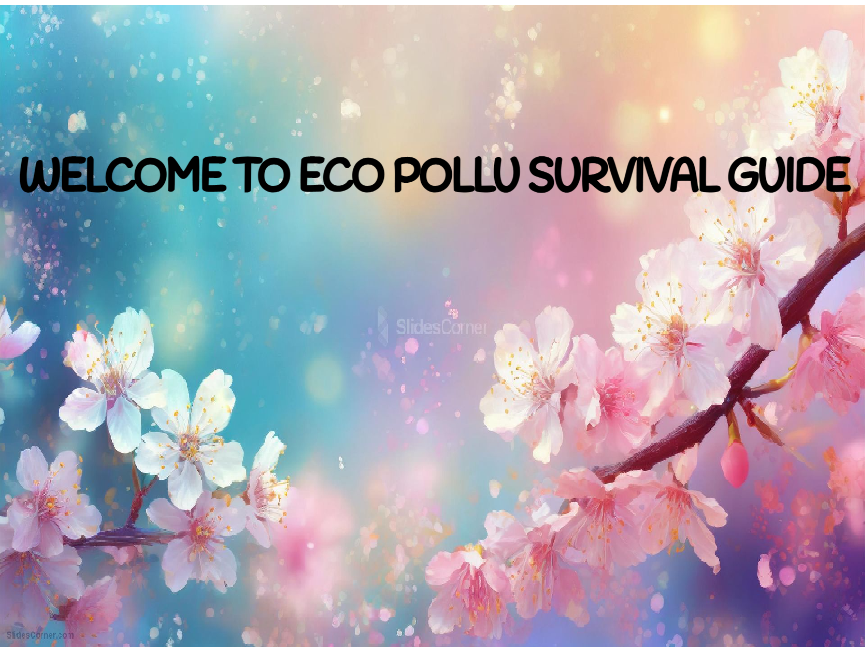
We are the team AQUATERRA. We are a group of three girls- Theertha Girish, Adina Somie Thomas and Adiya Grace Thomas. We have made a game called Eco-Pollu Survival Guide which is an awareness game. The game spreads awareness about the four main types of pollution; Air, Water, Noise and Land pollutions. When the green flag is clicked, the introduction of the game has been given. After that the backdrop switches to the homepage. In the home page on the top right corner the exit button has been placed. When you are playing a game and you want to switch to another game clicking the exit button will switch the backdrop to the home page. In the home page the icons of the four main pollutions has been given. When you click an icon, the game regarding the icon will open and you can play it. In the land pollution level (done by Adina Somie Thomas) you have to save Croci, the Crocodile (Main character of the game) from the harmful plastics polluting his home and help him to save his home and life by using the right and left arrow keys. Once you win this level, you will get a reward and tips on how to reduce the land pollution. In the water pollution level (done by Adiya Grace Thomas) you have to save Croci from the harmful wastes polluting the water body that he is living in. You have to use the arrow keys to move Croci and save him. Once you win this level you will get a reward and tips on how to reduce the water pollution. In the air pollution level (done by Theertha Girish) you have to save Croci from the toxic smoke coming from the factories. You have to use your nose to save Croci. We have used AI in this level as Human Body Detection. One you win this level, you will get a reward and tips on how to reduce air pollution. In the noise pollution level, (done by Theertha Girish) you have to save Croci from the harmful noise coming from the loudspeakers and help him to save his ears from being damaged. To do this, you have use your nose, in this level also, we have used AI in the form of Human Body Detection. We created this game because from our personal experience learning something in a fun and interactive way will make the ideas or information stick to our minds and we will never forget them. We hope that through this game people will start taking steps to destroy and reduce pollutions and help to save the earth. Thank you.
Marine Sweeper

It is a waste collecting boat which collects plastic waste and metals from water bodies and sort them accordingly by using machine learning.
Endangered animals
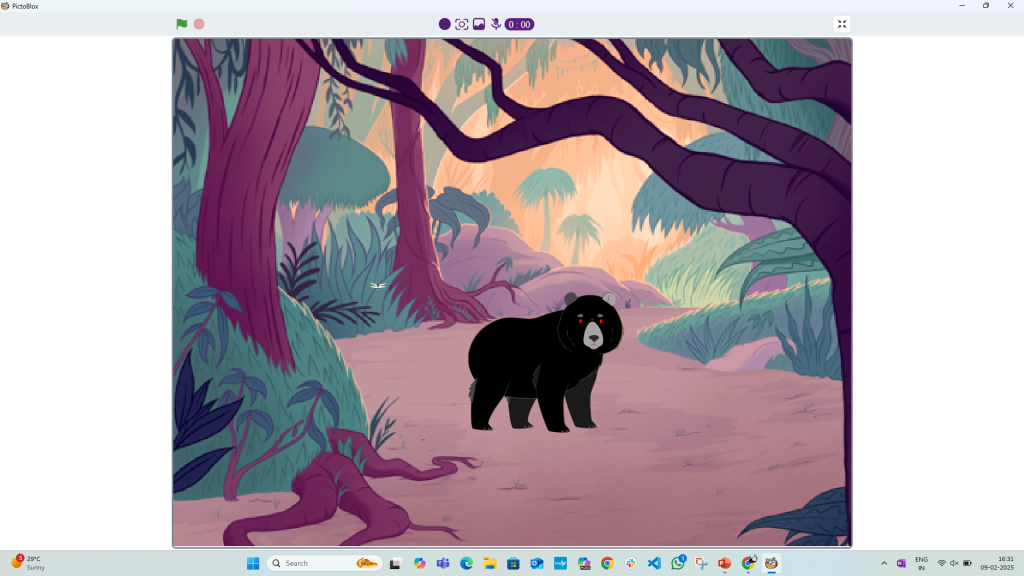
shows the life on land and life on water in detail
Security Alarm System

A **Security Alarm System** is an electronic device designed to detect unauthorized access and alert users to potential security threats. It is widely used in homes, offices, banks, and other sensitive areas to enhance safety.
The system typically consists of **motion sensors, door/window sensors, a control panel, and an alarm unit**. When an unauthorized entry is detected, the system triggers a loud alarm, sends notifications, or activates security measures such as lights or automatic locks. Some advanced models include **CCTV integration, mobile alerts, and remote monitoring** for real-time security updates.
Security alarm systems help **prevent theft, intrusions, and vandalism**, ensuring property and personal safety. They are available in wired and wireless configurations, with some powered by solar energy for reliability in remote areas. The system can also be customized to trigger alerts based on fire, gas leaks, or emergency situations, making it a **versatile and essential security solution
system grow smart
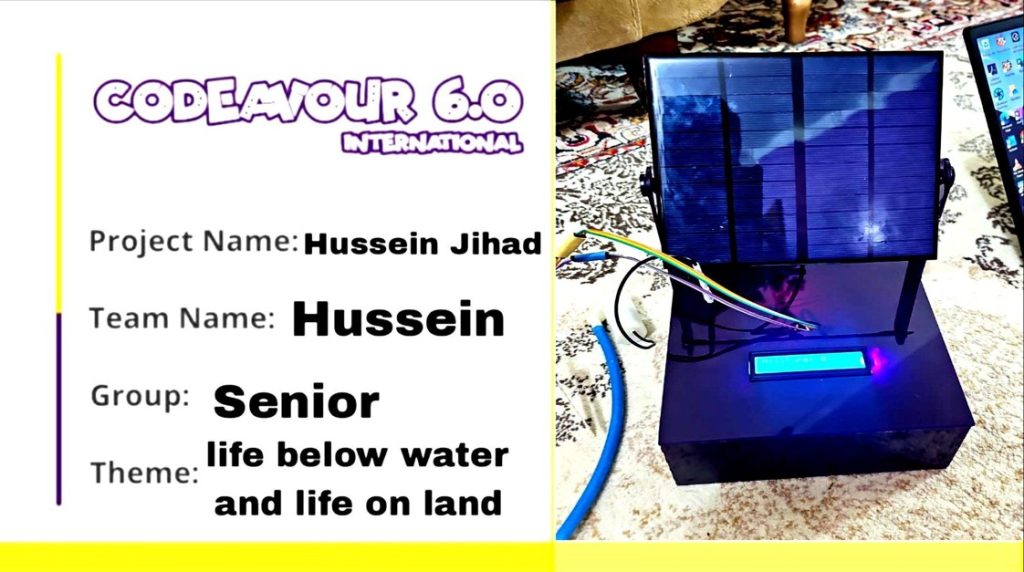
Introduction
In the modern era, agriculture has witnessed significant advancements with the emergence of technology and new innovations. One such innovation is smart agriculture systems, which aim to enhance agricultural productivity and reduce costs. In this context, the development of solar-powered soil moisture sensors is a crucial step in advancing smart agricultural systems.
What are Smart Agriculture Systems?
Smart agriculture systems utilize modern technology to improve agricultural efficiency and reduce costs. These systems employ sensors to collect data on soil and climate conditions, which is then used to optimize agricultural processes such as irrigation.
How Do Soil Moisture Sensors Work?
Soil moisture sensors measure the moisture content in the soil using various techniques such as electrical resistance and radar technology. These sensors provide essential data to control systems for efficient irrigation management.
How Do Solar-Powered Smart Agriculture Systems Work?
Solar-powered smart agriculture systems utilize solar energy to operate. Solar panels convert sunlight into electrical energy, which powers the sensors and control systems.
Benefits of Smart Agriculture Systems
Smart agriculture systems offer numerous benefits, including:
Improved agricultural productivity
Reduced operational costs
Enhanced crop quality
Challenges Facing Smart Agriculture Systems
Despite their many benefits, smart agriculture systems face several challenges, including:
High initial costs
Need for advanced technical skills to operate the systems
Requirement for robust infrastructure
Data security concerns
Conclusion
Smart agriculture systems leverage modern technology to enhance agricultural efficiency and reduce costs. Solar-powered soil moisture sensors are essential components of these systems. Although there are challenges associated with smart agriculture, such as high costs and technical requirements, these systems represent the future of agriculture and improved crop productivity.
Analysis Wizards
To make this project a success.We used the apps PictoBlox and PowerPoint. We made Slides In PowerPoint and coding in PictoBlox.
Life below water and life on land are essential components of Earth’s ecosystems. Aquatic life includes marine and freshwater species, ranging from tiny plankton to massive whales. Oceans, lakes, and rivers provide habitat for diverse organisms, regulate climate, and support human livelihoods through fishing and tourism. However, pollution, overfishing, and climate change threaten marine ecosystems.
Life on land includes forests, grasslands, and deserts, home to countless species, including humans. Terrestrial ecosystems provide oxygen, food, and natural resources. Forests act as carbon sinks, helping mitigate climate change, while diverse land habitats support biodiversity.
